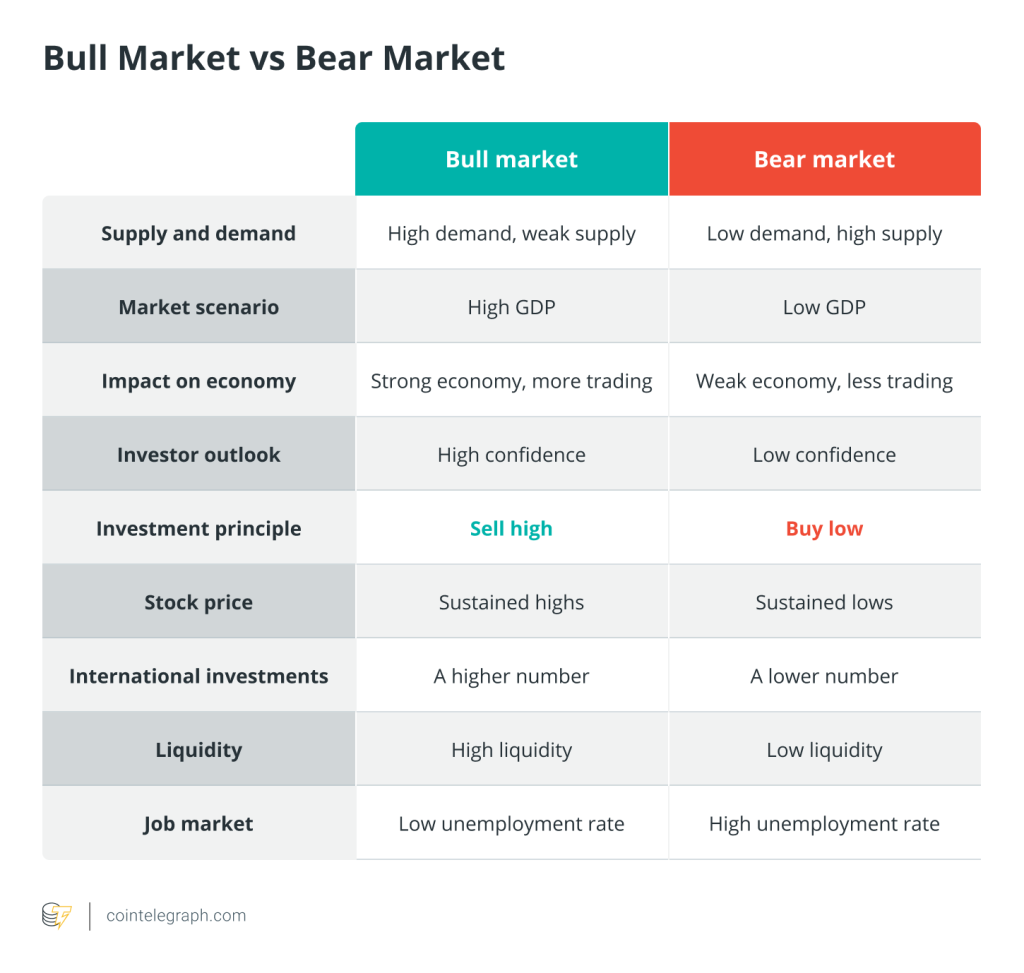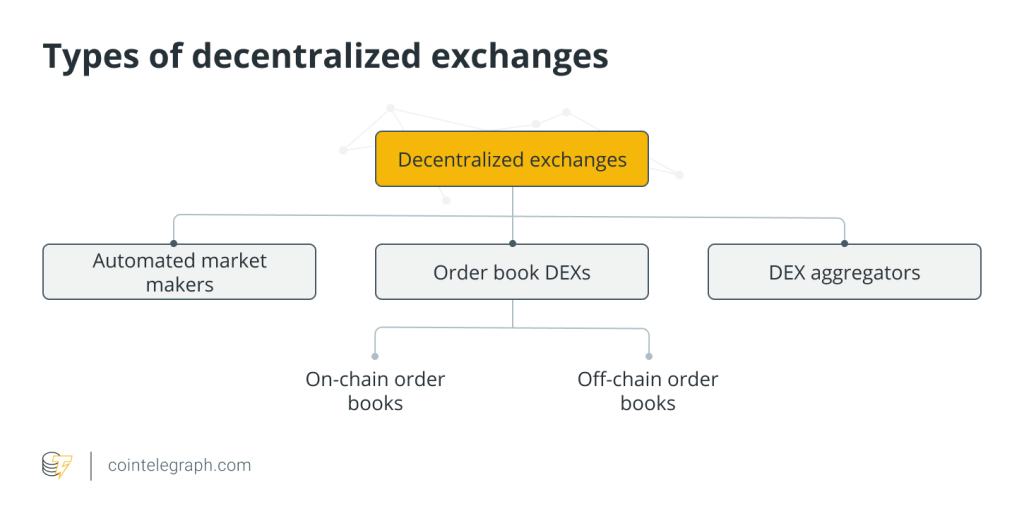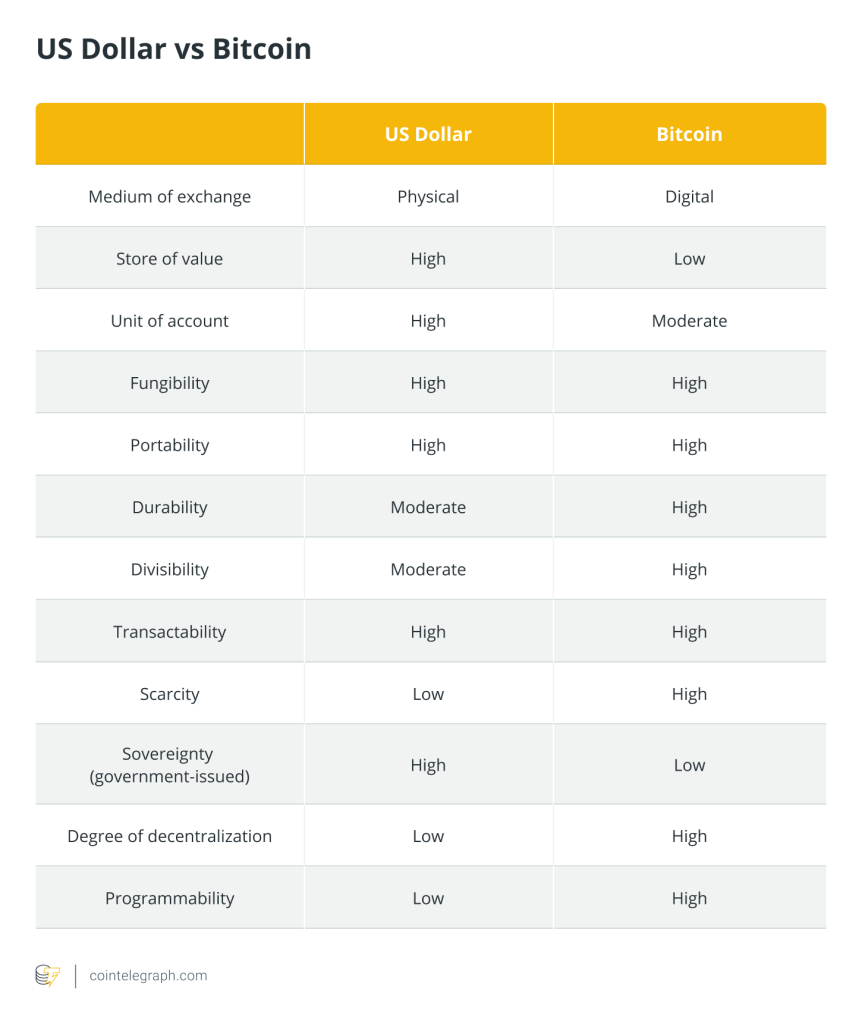Crypto exchange insurance funds surge more than $1B amid bull market

Many crypto exchanges hold Bitcoin as part of their user’insurance fund, which has since appreciated significantly in value.

The top crypto exchange insurance funds have surged in value by mo $1 billion amid the ongoing crypto bull market.
As of April 3, the Bitcoin (BTC), Binance Coin (BNB), Tether (USDT), and TrueUSD (TUSD) balances constituting crypto exchange Binance’s Secure Asset Fund for Users’ (SAFU) gas surpassed $2.03 billion, compared to their initial balance of $1 billion in January 2022. Similarly, crypto exchange Bitget’s initial $300 million protection fund, launched in November 2022, has since surged to $612 million due to the appreciation of its Bitcoin holdings. In the past year alone, Bitcoin has gained 136% and BNB 79.36% as part of a crypto bull run.
While most exchanges have some form of insurance protection for users, only Binance and Bitget have since disclosed their on-chain addresses. In 2019, crypto exchange Huobi, now HTX, announced a 20,000 BTC ($1.32 billion) reserve in an independent address “to cope with extreme security accidents.” It is unclear if the exchange held the balance until now. In addition, the HTX group of companies suffered several exploits last year to the tune of millions of dollars lost.
Meanwhile, crypto exchange OKX has a $700 million “Risk Shield” program for user protection, although it is unclear if the amount comprises of tokens, stablecoins, fiat funds, or all three. Some exchanges, such as Coinbase, only offer insurance based on customers’ geographical location and whether their funds are in fiat or crypto.
Exchanges may choose not to disclose the on-chain addresses of their holdings for various reasons, such as fear of cybersecurity attacks or, in the case of defunct cryptocurrency exchange FTX, deception. Last October, former FTX CTO Gary Wang told law enforcement officials that the exchange’s so-called $100 million insurance fund in 2021 was fabricated and never contained any of the exchanges’ FTX tokens (FTT). FTX’s insurance fund was designed to protect user losses in case of huge, sudden market movements, and its value was often touted on its website and social media.
Likewise, on-chain addresses only reveal part of the story and do not contain information such as an exchange’s off-chain liabilities. Some jurisdictions, such as Hong Kong, have since mandated that crypto exchanges provide insurance for users that covers up to 50% of their fiat and crypto assets.
Related: HashKey signs MOU for crypto exchange insurance






Responses